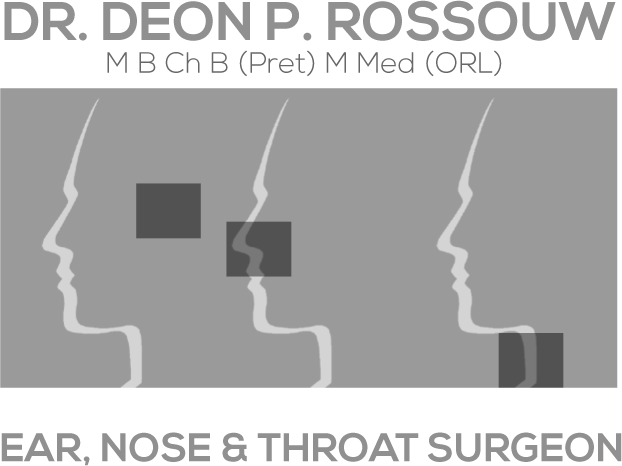REVIEW OF CORTISONE AS A TREATMENT FOR VARIOUS CONDITIONS IN THE HUMAN BODY
Cortisone treatment has been the mainstay of treatment for various diseases for many years. It is often a lifesaving medication in acute situations like anaphylactic shock due to allergies etc. or in long term treatment for conditions like asthma, crohn’s disease of the bowel, autoimmune disease like rheumatoid arthritis and systemic lupus.
Doctors prescribing cortisone should always weigh up the positive effects of the medication versus the potential complications or side effects. From the patient’s point of view, it would be wise to enquire from the prescribing doctor exactly why they are prescribing cortisone.
The conditions that corticosteroids are often used in are chronic rhinosinusitis due to its well described anti-inflammatory effects. The duration of the cortisone therapy in this condition is usually less than a month in sharp contrast to treatments of chronic respiratory diseases i.e asthma, chronic obstructive pulmonary disease etc.
Although systemic corticosteroids provide an effective therapy for chronic sinusitis, they have also showed an adverse effect that has been well studied and described.
The side effects of cortisone therapy are largely dose related.
DISCUSSION – HYPERGLYSCEMIA OR RAISED BLOOD GLUCOSE
Corticosteroids increase the blood sugar level by increasing glucose uptake into the tissue, therefore people with diabetes should be very circumspect before they take cortisone and must be aware of the fact that they would have to monitor their glucose levels on at least a daily basis to make sure that it does not increase to an extent that it becomes problematic.
The question then arises: Can chronic cortisone treatment induce infections?
This has not been scientifically proven, however, on an anecdotal basis, there is a higher incidence. The mechanisms of which corticosteroids decrease inflammation also lead to immunosuppressive effects. They decrease the peripheral concentration of the white blood cells or leukocytes.
In a review of patients who received a daily dose of less than 10mg of prednisone did not have an increased rate of infectious complications. In a meta-analysis of 8700 patients, it was found that bacterial sepsis occurred 1.5 times more frequently in patients using cortisone than in those using placebo.
Several studies have also proven that patients treated with high doses of cortisone for a long period have a higher incidence of developing invasive fungal infections like candida and infections like Aspergillosis, especially in the paranasal sinus.
WOUND HEALING
Wound healing occurs in an orderly fashion after surgical injury and inflammatory reaction is elicited which causes higher blood flow to the particular area and fibroblasts or cells that help with healing. Collagen deposits begin within four or five days and are responsible for the initial wound strength.
Corticosteroids inhibit the natural wound healing processes in several ways, amongst others by decreasing the monocytes and decreasing the influx of macrophages which are essential for good wound healing.
Systemic agents such as Vitamin A and Insulin, like growth factor 1, also may counter the impact of corticosteroids on wound healing.
BONE DENSITY
Corticosteroids play a distinct role in bone loss and this is described in various mechanisms, amongst others causing a disruption of the calcium balance via an anti-vitamin D effect which is detrimental to the calcium absorption. The steroids increase the absorption and releases calcium into the circulation at the expense of bone mass.
Fracture risks have therefore been shown to increase on the basis of dose, duration, age, gender and body weight for people that take chronic steroids.
Several studies have demonstrated that supplemental calcium and Vitamin D can help
reduce the corticosteroid induced loss of bone and mineral density.
OPHTHALMIC
Corticosteroids can have extensive ophthalmic effects, depending of the root of administration.
Studies have shown that dosages as low as 5mg of oral prednisone taken for as little as two months can lead to cataracts. This is however not common and usually dosages of 10mg per day or higher over a prolonged period is needed to cause the problem.
SKIN CHANGES
Cutaneous complications caused by corticosteroids are amongst others thinning of the skin, small bleeding points on the skin and acne. The changes are most often however reversible with discontinuation of the medication.
They sometimes cause red marks on the skin. This is however a permanent condition.
GASTROINTESTINAL
Despite the commonly held perception that steroids increase the risk of peptic ulcers, several large meta-analyses have confirmed that this is not the case. There is no correlation between corticosteroids and peptic ulcer formation, however in some instances the pancreas can be influenced by the corticosteroids.
CARDIOVASCULAR
Corticosteroids have been associated with increase in blood pressure, although mechanisms have not been clearly elucidated.
PSYCHIATRIC
Cortisone can cause insomnia and should therefore preferably not be taken in the evening. Irritability, lethargy, mood changes, restlessness and tearfulness is also a side effect.
Most psychiatric side effects occur within the first week of therapy and are also correlated with the dosage.
SPRAYING CORTISONE INTO THE NOSE
Topical use of corticosteroids is commonly practiced amongst Ear, Nose and Throat Surgeons to treat allergic type of rhinitis. The older types of cortisone like Dexamethasone had a significant chance of being absorbed into the body. It was initially found that only 30% of the topically applied nasal steroids stay in the nasal cavity and the rest can therefore not be absorbed. However, the more modern topical steroids like Mometasone Furoate or Fluticasone Propionate have exceptionally small bioavailabilities, each less than 1%. This then does not have systemic effects of any significance.
The effect of intranasal sprays has been studied extensively and it has been found that in children of as young as two or in adults, it has not been affected by intranasal corticosteroids sprays, however steroid drops should not randomly be used without supervision, especially in small children as it can significantly retard growth.
SUMMARY
This article is not to question the efficacy of corticosteroids as medication for various conditions. As mentioned earlier, it is often lifesaving and can increase the quality of chronically ill patient’s lives, for instance in people that have an acute otitis externa or swimmer’s ears where the canal is so swollen that the medication cannot be placed, steroids are often a game changer. A short high course of steroids reduces the swelling in the ear and enables medication to be placed.
In writing this article, I am in no way bashing the drug as I use it very often in my own practice. I hope it stimulate discussion when corticosteroids are prescribed for patients.


Recent Comments